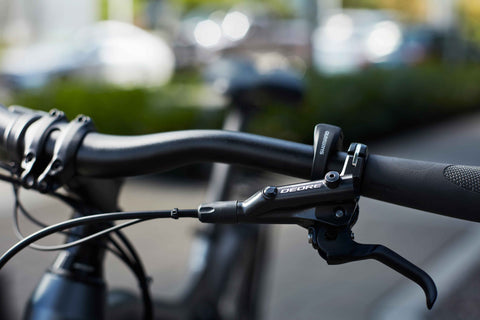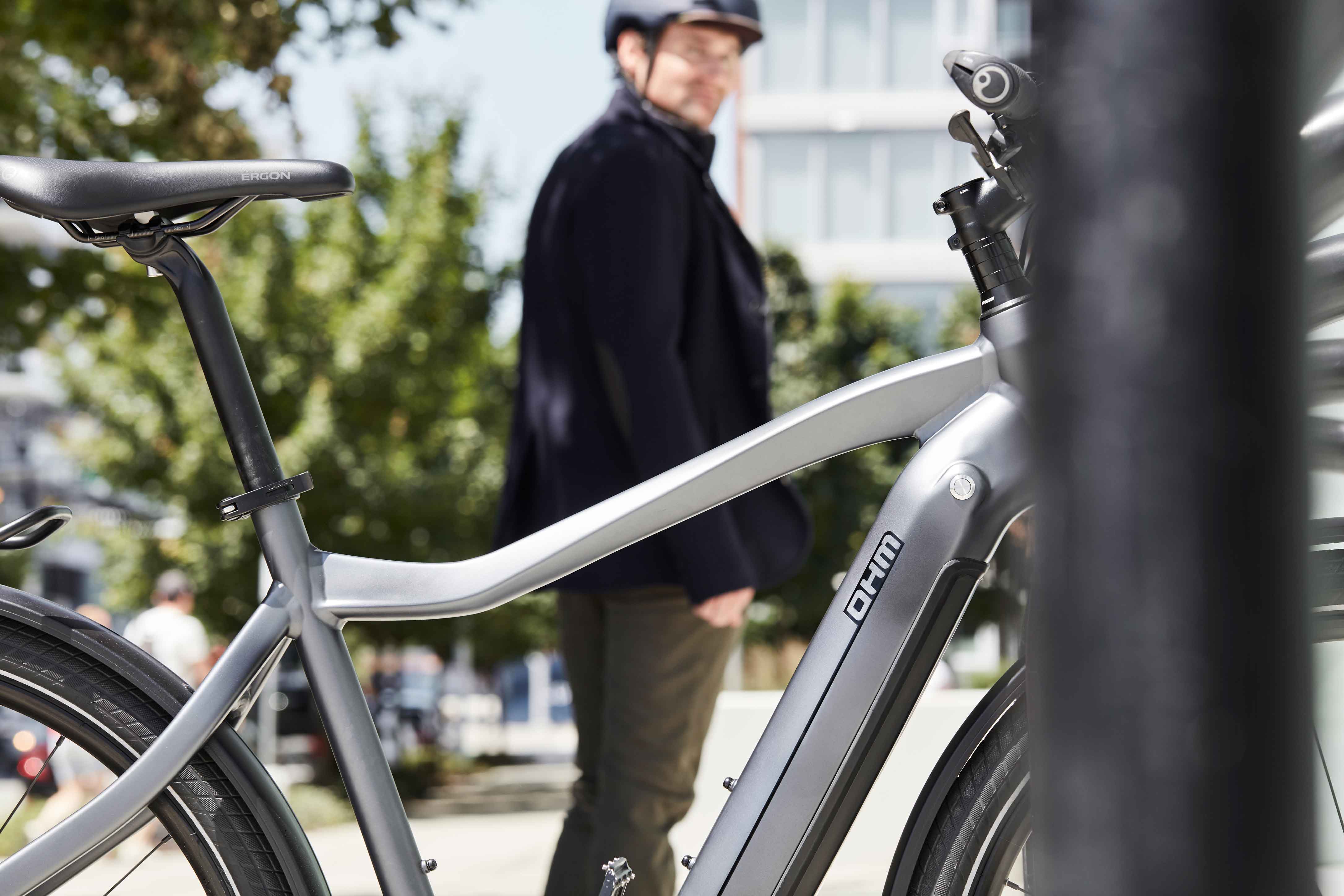Which bike is right for you? It all depends on your budget and what you need the bike for.
When you're looking at e-bikes, it's important to remember that not all models are created equal. There are a number of factors that can set a high-end e-bike apart from an inexpensive one, including materials, manufacturing, and customization.
- Materials: Inexpensive e-bikes are often made with lower-quality materials that are more likely to break or wear down over time. Expensive bikes, on the other hand, are made with higher-quality materials that can withstand more wear and tear. Plus, they often have serviceable components that you can replace if they wear.
- Manufacturing: Inexpensive e-bikes are often mass-produced in factories, while expensive bikes are usually assembled by experienced craftsmen. This difference in manufacturing process can impact the quality of the final product.
- Customization: Inexpensive e-bikes usually come in one standard size, while expensive bikes can be customized to fit the rider's specific needs. This customization can make a big difference in the comfort and performance of the e-bike.

When it comes to bikes, you really do get what you pay for. The more expensive models are usually made with lighter and stronger materials, which makes for a smoother, more enjoyable ride. They also tend to have more features that can make your ride safer and more comfortable, like suspension systems to absorb bumps in the road and better brakes for stopping power. If you're planning on doing any serious biking, it's worth it to invest in a quality bike.
The first thing to consider is the frame. The frame is the heart of the e-bike, and it's what supports the rider. A cheap bike is likely to have a lower-quality frame with poor welds and poor craftsmanship. A more expensive bike will have a better-quality frame with smooth welding and precise machining process.
The next thing to consider is the components. The components are the parts that make the bike move, including the pedals, chain, gears, and brakes. An inexpensive bike is likely to have lower-quality components that are more likely to break or wear out over time. A more expensive e-bike will have higher-quality components that are less likely to break or wear out over time.
Finally, consider the features. An inexpensive e-bike is likely to have fewer features, such as suspension or a water bottle holder. A more expensive bike is likely to have more features, such as suspension or a water bottle holder.
If you're looking to get the most out of your riding experience, you'll want to invest in a high-quality, expensive bike. These bikes often offer more customization options in terms of fit and performance, so you can tailor your ride to your specific needs. However, without doing your research or getting some help from an expert, you could end up with a bike that doesn't ride as well as it should.
The Frame

The entry level e-bike you're eyeing up may look like a great deal, but be warned: many of these e-bikes the frames are using old, outdated designs. This can make them quite uncomfortable to ride, and of lower build quality than you might expect.
As you move up to even higher tiers of bikes, you will start to encounter frame with hydroformed aluminum. These materials generally offer stronger, stiffer frames with drastically lower weight, which improves the overall efficiency and comfort of the ride.
Suspension

Inexpensive e-bikes typically rely on steel-coil springs, which can be adjusted by rotating them in threaded collars near the mount. This affects the bike's ride, as a spring that can't rebound quickly enough over small bumps can change the bike's geometry and lead to a rougher ride.
Higher-end models usually have air-spring shocks with hydraulic damping. A sealed chamber of air surrounds a hydraulic piston with valves that control how much oil can pass through. Air shocks are lighter and provide more tuning options. If you plan on riding uneven terrain, you may want more squish to help absorb the impact.
Drivetrain

Most bikes use a similar system when it comes to shifting gears. This system includes a spring-loaded derailleur that is pulled by a cable. The cable either pulls or releases the spring, which is attached to the derailleur. This movement then shifts the chain. This system has been used for over 70 years.
Inexpensive chains are often made with lesser quality parts that can result in inaccurate shifting, while expensive chains can boast precision bearings and other quality components that make for smoother and more consistent shifting. If you're looking for top performance, you'll need to be willing to spend a bit more.
The difference in quality is evident as soon as you start pedaling. A cheap bike will feel harsh, with each pedal stroke sending a jolt through your body. A higher-end bike will feel smoother and more efficient, helping you go faster with less effort.
Brakes

Mechanical disc brakes are a traditional type of disc brake, and they are what you probably think of when you envision a bicycle brake. They have two pads on either side that press into the brake disc in order to stop the bike. The brake pads are activated by a cable that is connected to the handlebars. When you squeeze the handlebars, the cable pulls on the brake pads, causing them to push against the brake rotor and slow the bike down.
Hydraulic disc brakes, by comparison, use hydraulic fluid such as mineral oil inside the brake line. When the brake lever is squeezed, the piston inside the master cylinder moves and forces brake fluid through the system towards the brake calliper. The brake calliper contains pistons that push the brake pads into the disc rotor, slowing the rotation of the rotor and wheel.
Hydraulic disc brakes offer over double the braking power compared to mechanic disc brakes. Hydraulic disc brakes offer the most stopping power of any e-bike brake system, so if you're looking for the best stopping power possible, you'll want to choose a hydraulic disc brake over a mechanical disc brake.
In the end, it really comes down to what you’re looking for in a bike. If you just need something to get from point A to point B, an inexpensive e-bike might do the trick. But if you’re looking for something to take on more challenging terrain or longer rides, you’re going to want to spend a little more to get an e-bike that can really handle it.



Share:
7 Things Every E-Bike Owner Needs To Know About Their Bicycle Batteries
How is COVID affecting e-bike production?